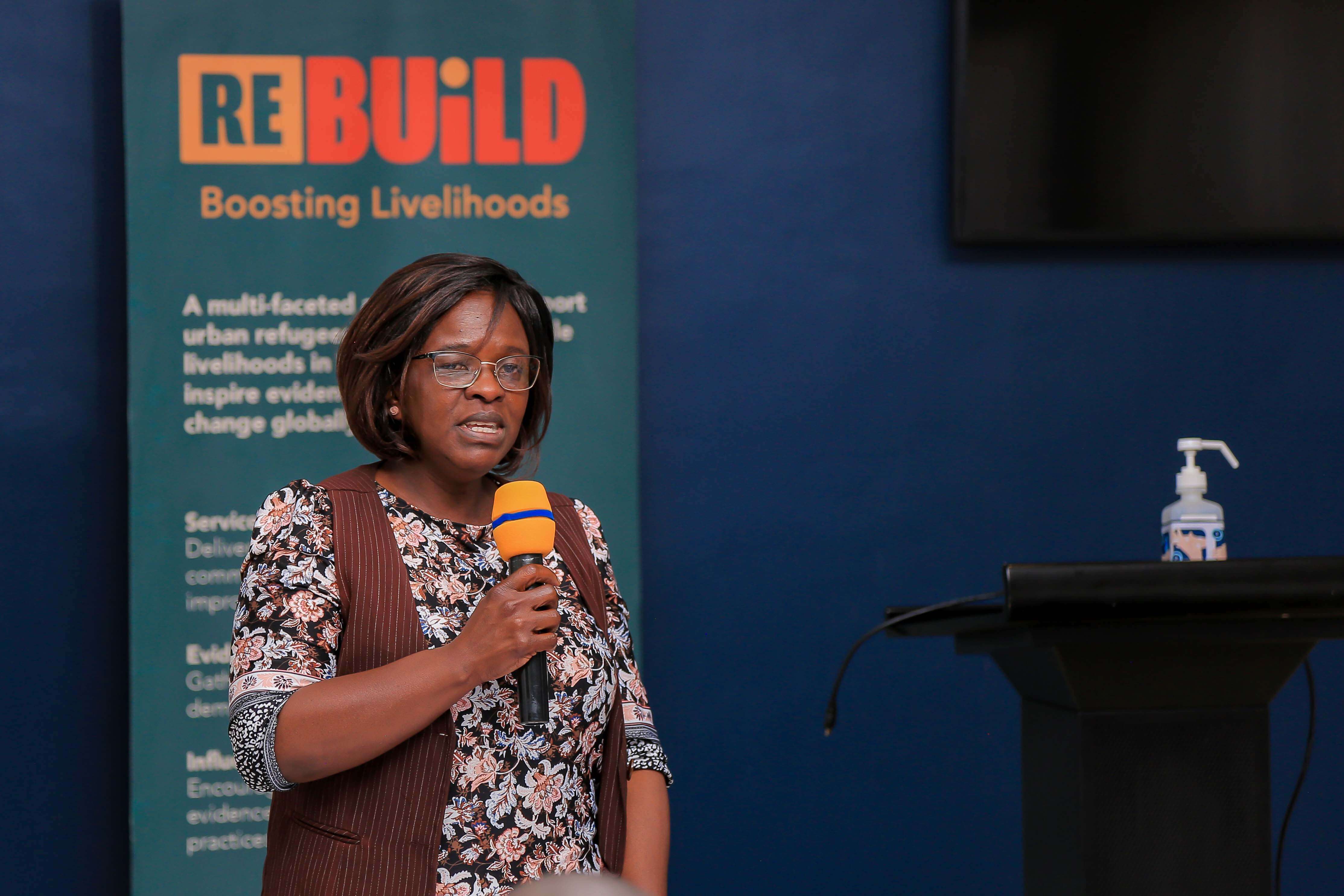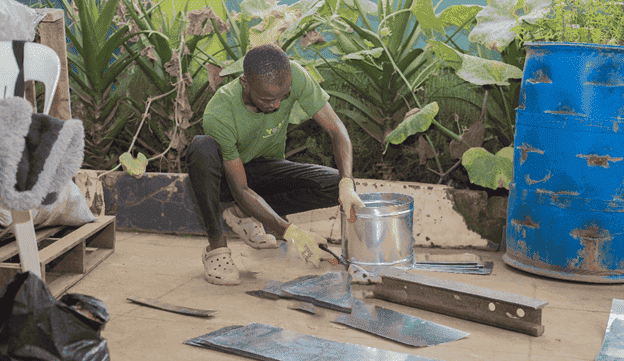Responsiveness for global compact on refugees should be reviewed
Responsiveness for global compact on refugees should be reviewed
Ms Priscilla Dembetembe is the Project Director of the Refugees in East Africa: Boosting Urban Innovations for livelihoods Development (Re: Build) Project

This December, as policymakers take stock of progress towards the Global Compact for Refugees (GCR), the majority of refugees in East Africa struggle to identify with progress. The GCR represents ambition and commitment to strengthen international cooperation with refugees and host countries.
However, two years on, aid remains predominantly humanitarian and concentrated in rural settlements and camps. Self-reliance, a promise of the GCR, which should be seen by an increase in the number of refugees with access to decent work, and who are able to move freely within the host country, remains a challenge. In East Africa, Kampala, and Nairobi, two of the region’s largest and fastest growing cities, have an estimated population of 88,829 and 81,000 urban refugees, respectively. Uganda and Kenya are among low-income countries hosting 86 per cent of the world’s refugees The UN projects that by 2050, about 70 per cent of the global population will be living in cities.
Rapid urbanisation and the attractiveness of cities to refugees puts cities in a central place to offer solutions to those forced to flee. In the short-term what happens in urban areas across Uganda and Kenya will be key to assessing the effectiveness of the GCR. In Uganda, refugees enjoy the right to free movement, work and to access social services on almost equal footing with hosts. Formal policy dictates that, refugees who can prove that they can look after themselves can move to cities and towns but must let go humanitarian entitlements that are only available in rural settlements.
In Kenya, refugees have no formal right to access urban areas, unless they can show specific protection needs. A few urban refugees that have made the breakthrough in cities show a lot of potential. In the Kabalagala, Kansanga and Nsambya areas of Makindye Division in Kampala, it is hard to miss the distinct coffee shops, restaurants, hair-dressing businesses, tailoring shops and textile business operated by Ethiopians, Eritreans, and Congolese. Likewise in Nairobi the prowess of Somali retail traders and the fashion trends set by Congolese textile merchants and tailors are exemplary for many low and middle-income earners.
National laws and policies have in the past been blamed for marginalizing refugees but the situation in Uganda and Kenya shows that policy may be outpacing resources. Since 2016, Uganda has blazed the trail with its policies that exemplify the Comprehensive Refugee Response Framework (CRRF). In Early 2021, Kenya put forward its own comprehensive response framework, followed by a landmark legislation in November 2021, both allow refugees to integrate with hosts by getting legal documents for economic and social development.
Urban areas in East Africa can hardly meet the needs of existing populations. However, there lies an opportunity: supporting refugees as it has the potential to attract resources in disadvantaged neighborhoods which are typically the first port of call for refugees. At the 2019 Global Refugee Forum, governments and other actors made commitments to improve refugee self-reliance. The five-year project- Refugees in East Africa: Boosting Urban Innovations for Livelihoods Development (Re:Build), is contributing to a realisation of that commitment.
It is is working with national governments, city governments and civil society organisations to provide livelihood opportunities to more than 20,000 refugees and members of the host communities in low-income neighbourhoods of Nairobi and Kampala. As policymakers review progress on the GCR, a key question is whether the international community is making adequate investments to support refugees and hosts in urban centers.
The answer should not rest entirely on policy indicators such as freedom of movement and right to work, but also in the balance of investments made to supporting rural and urban social and economic development, and their responsiveness to the inevitability of urbanization.


